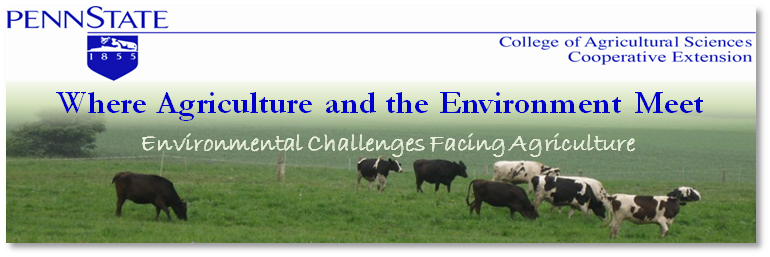 |
| Oregano |
Cow belches release methane into the air, which leads to air quality concerns since methane is considered a greenhouse gas. Ionophores, like Monensin, have been used to alter the rumen fermentation and reduce methane production along with providing other benefits. However, ionophores have been banned in Europe and who knows what the future is for these products in the US. Therefore, researches have tried to find naturally occurring substances that could have the same effect as ionophores.
Like ionophores, essential oils alter the rumen fermentation of feeds by changing the populations of the different kinds of rumen bacteria. They essentially act like antibiotics in the rumen and kill certain kinds of bacteria. In the rumen, there are numerous different kinds of bacteria and if one is inhibited another one will flourish. Since different kinds of bacteria produce different end products (volatile fatty acids, methane, ammonia, etc.) from their fermentation changing the populations will change what is produced from the overall rumen fermentation process.
Some of the common essential oils that have been studied so far are garlic oil, cinnamaldehyde (from cinnamon oil), eugenol (from clove bud), capsaicin (from hot peppers), and anise oil. All of these oils have been shown to reduce methane production, modify protein degradation, and increase propionate production in the rumen. Propionate is the main energy source for milk production so one benefit to feeding essential oils could be increased milk production. Modification of protein degradation could reduce the amount of ammonia produced in the rumen. Ammonia produced in the rumen is converted to urea in the blood, is excreted in the milk and urine, and is the main source of excess nitrogen in manure. Therefore, reducing ammonia production could have both air and water quality benefits. Reducing methane production would have direct positive impacts on air quality since it would result in less methane being belched out.
Researchers at Penn State have also waded into the area of study and have looked at oregano as a feed additive to reduce methane production. Dr. Alex Hristov is the main investigator and he began this work by evaluating different supplements in the lab. He then moved his research to animal studies and found that feeding oregano reduced methane production in dairy cows by 40% and increased milk production by 3 lbs/day. Because methane production represents an energy loss to the animal it is not surprising that reducing methane production would also lead to an increase in milk production. The future of this work is to determine what specific compound in the oregano is actually eliciting the response. Determining the basic compound is essential to get this type of research out onto the farm because basic compounds are easier to make consistently and would be cheaper for farmers to buy.
Although many of these products show promise, how well they work and if they alter the rumen fermentation in a positive manner is highly variable. These products work on a broad range of rumen bacteria so truly manipulating rumen fermentation on a fine scale will be difficult. Also, essential oils are very pH dependent meaning that they work differently at low versus high pH. Therefore, the type of animal and diet fed to that animal will greatly impact how well essential oils reduce methane production. What dose to feed, how to incorporate into rations, and what combination of oils is the best are all things that are yet to be determined.


